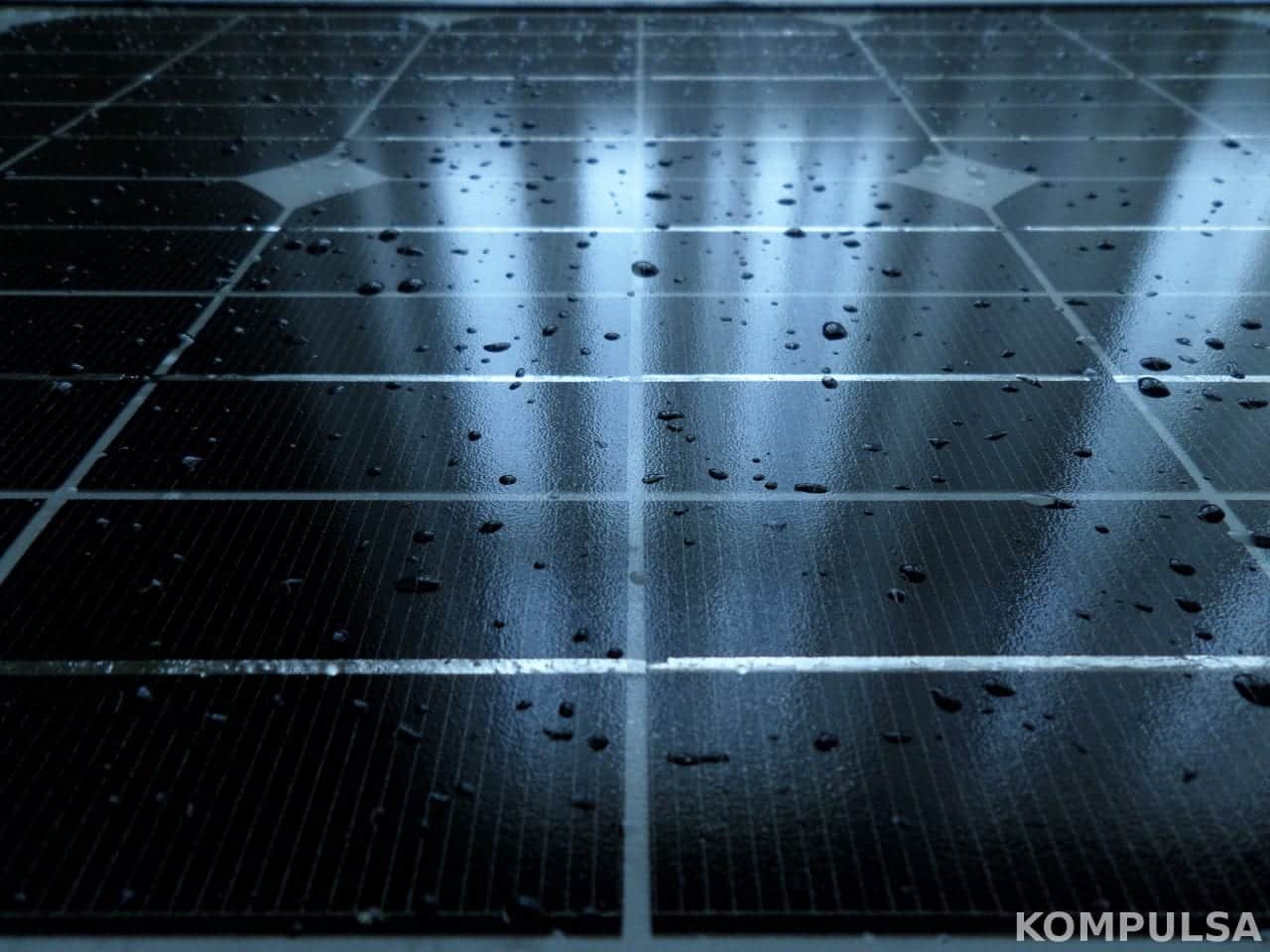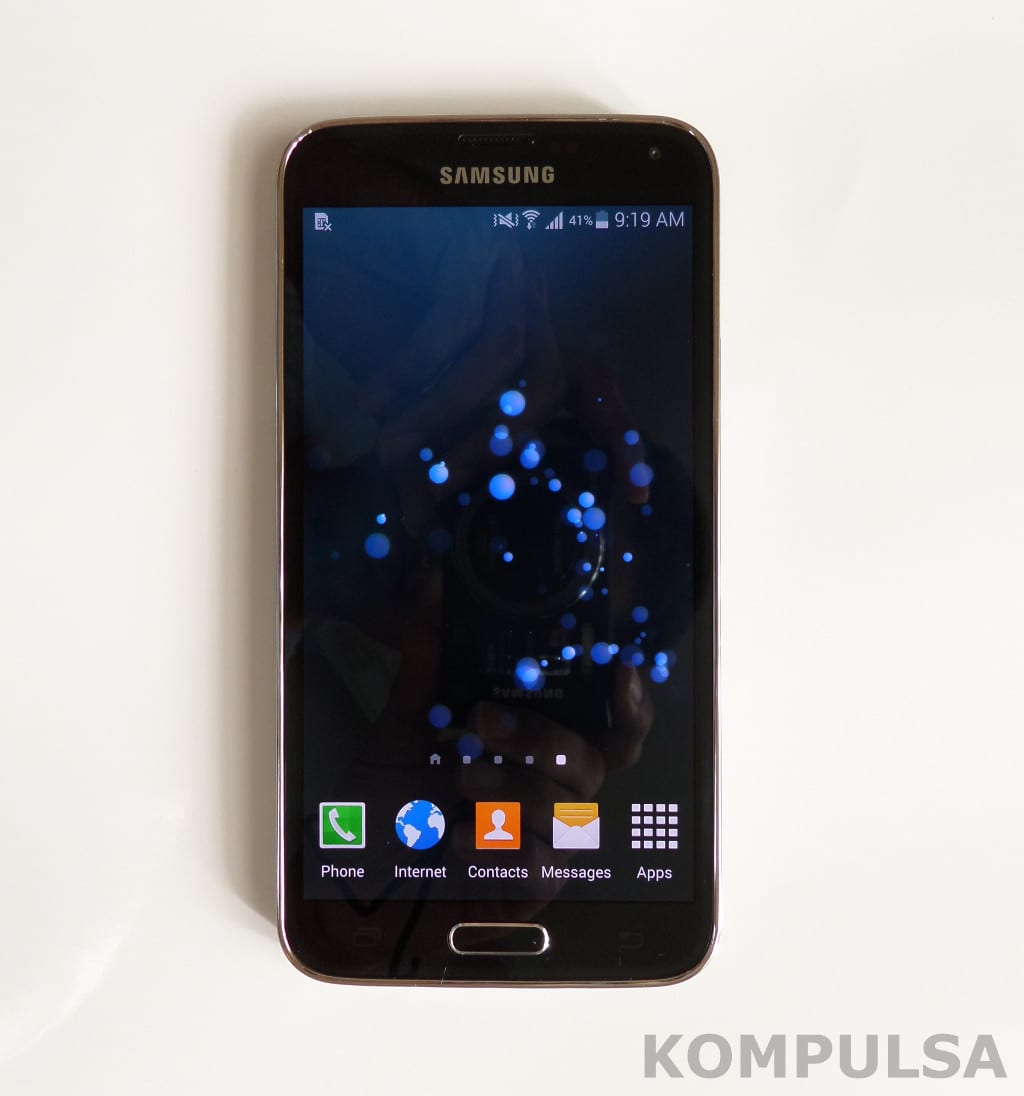If you’ve been hit by a storm such as a hurricane or blizzard. Or any other natural disaster such as an earthquake or volcanic eruption, power will likely be an issue. This article won’t cover the bare essentials of storm preparation, however it will recommend a few useful gadgets that could help you to stay in touch with loved ones and get by a little easier. A storm guide for those of us who love technology.
USB Power Bank/USB Battery Pack
A USB power bank is not just a convenience for recharging your phone or tablet on the go. It also comes in handy during prolonged power outages. A 5,000 mAh USB power bank can recharge most phones up to 5 times per charge. a 3,000 mAh can recharge most phones up to 3 times.
If it’s for your family, get a 10,000 mAh, or better yet: just get a few 5,000 mAh power banks for each of them. Most of them cost about $10 to $25. You can also plug a USB flashlight or a USB fan into these power banks.
USB Router/Travel Router
To keep your Wi-Fi connection online, you can purchase a USB router or travel router that either has its own battery or can be recharged via USB. A USB router can be powered with a power bank. Just ensure that you do the same for your Internet modem.
Another Bonus: USB Flashlight and USB Fan.
Solar Panel
For extended power outages, you can’t beat a solar panel because it won’t run out of fuel, and requires no maintenance other than the occasional cleaning (I admit that mine gets dirty, but it works about the same as when its clean). If only for small things like recharging phones or powering laptops, a small solar kit with a battery pack and inverter can cost less than a gas-powered generator.
When it comes down to larger loads such as appliances, the gas generator might have a lower up-front cost (but gasoline is expensive and can exceed the cost of the solar system over time). I made myself a solar system, and it has been helpful during outages (powering the TV for short periods, charging my tablet, etc).
UPS
A UPS is an Uninterruptible Power Supply. This is a packaged battery, inverter, and battery charger with power outlets that will keep itself recharged and also keep your desktop computer powered on during power outages. A small UPS (a 350 vA model for example) is useful for areas with frequent, short-lived power outages due to a windy or stormy climate. The small ones usually last about 5-15 minutes per charge, depending on the computer.
Larger UPS systems (1500 vA for example) are useful for longer power outages, so you won’t have to rush to shut down your computer if the power goes out. You can just relax and finish up your work, or keep playing that game. High-end gaming PCs do require more power, and therefore benefit from larger UPSes.
Rechargeable Light Bulbs
Rechargeable light bulbs recharge themselves while the power is on, and will stay on when the power goes out. This beats having to stumble around searching for a lantern in the dark. This way, you can actually have the same bright lighting that you would normally have when the power is on. Some models last four hours per charge, and some last five. Either is plenty for most power outages, but not for multiple days of outages caused by severe power grid damage.
LED Flashlight
A flashlight is one of the most obvious and frequently suggested purchases for disaster preparation. However, an LED flashlight is key. Some LED flashlights can offer significantly brighter light and several more hours of battery life. The difference between an incandescent flashlight and an LED flashlight is replacing batteries less often and not having to stock up on so many batteries in the first place.
Bonus: Water-resistant flashlight
In the event of a flood, or if a storm blows your roof off, you’re going to need a water resistant flashlight. Aside from that, they’re convenient because you can just rinse them off when they’re dirty.
Heat Gun
What? But there’s no power! Fortunately, there are cordless heat guns. Just make sure that you keep the batteries recharged so they’re usable if the power does go out.
This isn’t necessarily a ‘must have’, but a heat gun on the low setting can be used to dry out some electrical items if rain comes in on you. I’ve used them with great success. Just ensure that you’re not heating up soft plastic or rubber parts. It’s helpful, but use it at your own risk!








